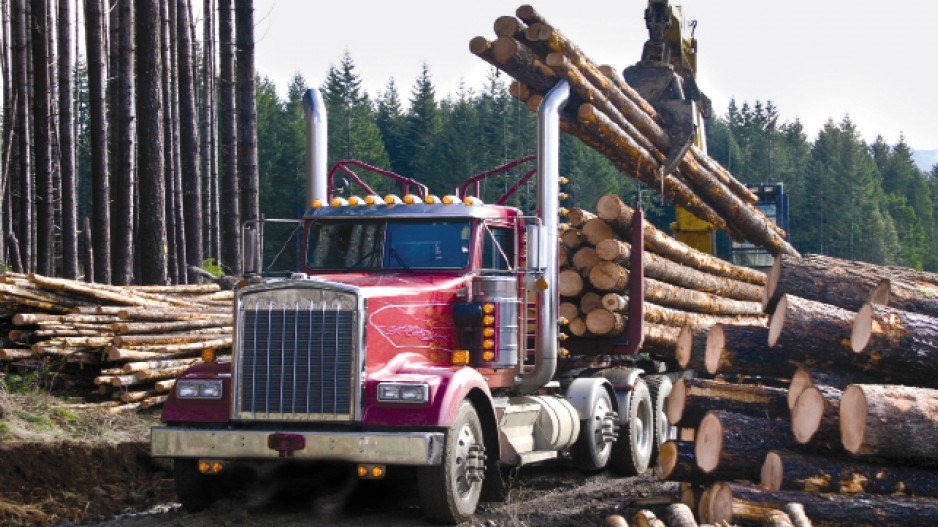The turnaround in the U.S. housing market is raising B.C. softwood lumber prices and optimism among local companies that supply the U.S. housing sector.
"They're starting to run out of housing inventory in certain areas of the U.S – the southwest particularly," said Vancouver's Futura Corp. CEO Amar Doman, whose company generated $1.2 billion in 2011 on sales from a variety of investments.
"Foreclosed homes, or homes where people are underwater on their mortgages, are either being cleaned up and sold or there's so many problems with them that it's not true good inventory."
A shortage of inventory has boosted U.S. housing starts dramatically.
American home starts hit a four-year-high annualized rate of 754,000 in June before dropping back in July to an annualized rate of 746,000.
Home-building companies in July took out more residential construction permits than in any month since August 2008 – a strong indicator that housing starts will continue to rise.
That data has helped share prices for major U.S. home builders, such as PulteGroup Inc. (NYSE:PHM), Toll Brothers Inc. (NYSE:TOL) and DR Horton Inc. (DHI), scrape multi-year highs.
"Home builders need nails. They also need stucco mesh," said Doman, who is also chairman of Richmond's Tree Island Wire Income Fund (TSX:TIL.UN), which produces both those products.
Futura also has a 15% stake in Langley-based Hardwoods Inc. (TSX:HWD), which supplies sheets of hardwood and melamine for kitchen cabinets. Its sales are highly dependent on U.S. housing starts.
Doman told Business in Vancouver that the hardwood sector was one of the last home-building supplier sectors to taper off as housing starts fell during the economic downturn.
"Now housing starts are coming back, you're starting to see a laggard come back in hardwood sales as well," he said.
Softwood lumber suppliers are also starting to enjoy growth.
Shares in Vancouver-based lumber makers West Fraser Timber Co. (TSX:WFT) and Western Forest Products Inc. (TSX:WEF) have both been near 52-week highs.
West Fraser recently noted that its B.C. and Alberta mills operated at full capacity in the second quarter.
Overall, B.C. lumber mills ran at 86% capacity in 2012's first five months, Western Wood Products Association president Kevin Binam told BIV. That compares with 82% capacity throughout 2011.
"It's a better climate for producers," said Binam, who is based in Portland, Oregon.
"When lumber prices rise in the U.S., they also rise in the north."
Interior spruce, pine and fir log prices rose about 10% to US$51 per cubic metre in 2012's second quarter compared with a year ago, said Hakan Ekstrom, president of Wood Resources International LLC (WRI).
That bucked the global trend of falling prices.
Most of those logs are destined for the U.S. after they are cut into two-by-fours.
Ekstrom said that in addition to more housing starts in the U.S., demand from China is up.




